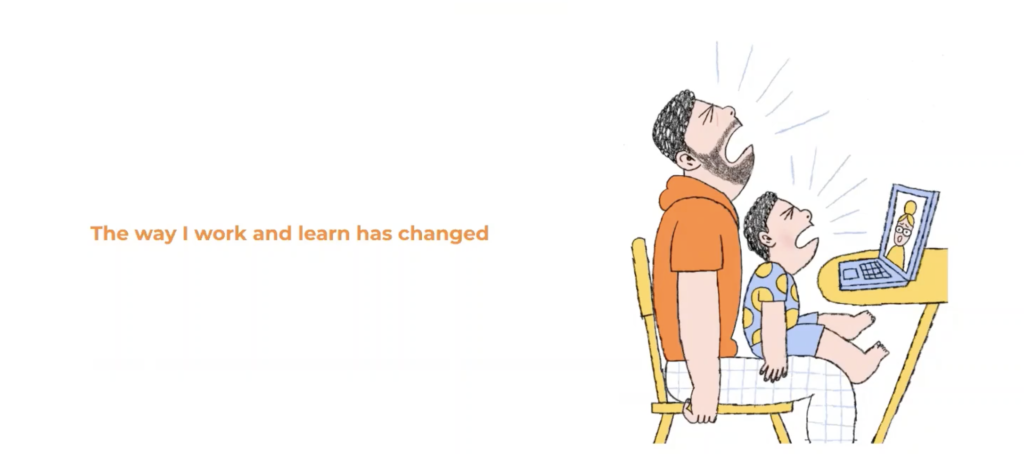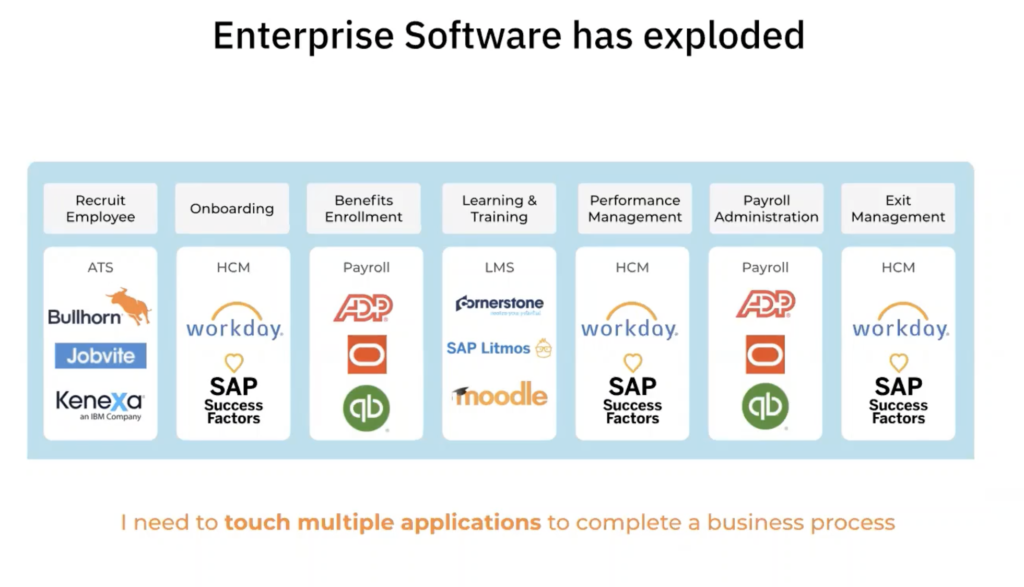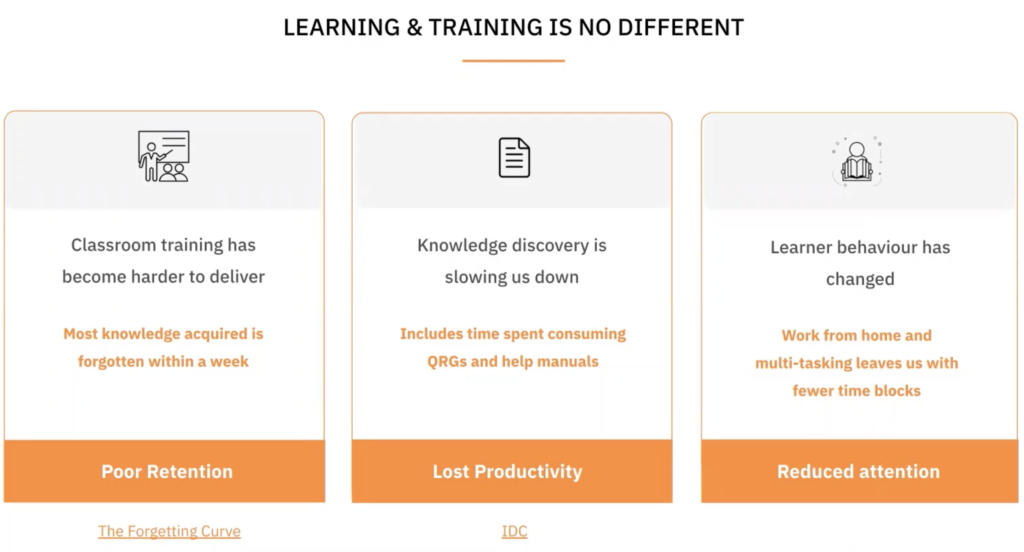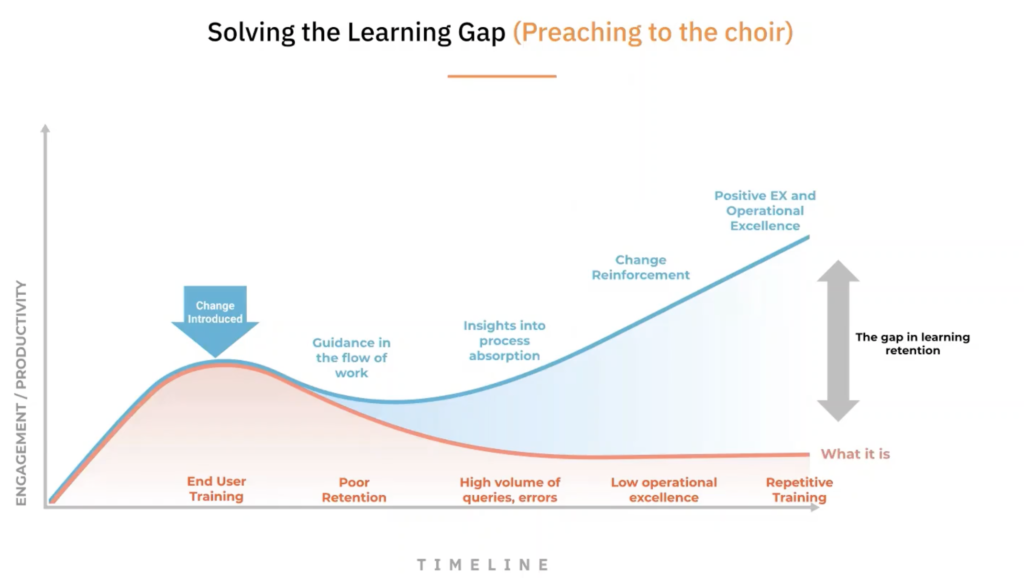Most businesses are undergoing a number of digital transformation projects. However, transformations that affect entire audiences, consumers, and specific teams inside organizations, as well as the increasing number of press releases that come out, all emphasize the importance of user experiences and the need to increase business efficiencies. It’s an ever-changing world, and so on. All of this is fantastic, but what does it mean to you? Is it possible for you to leave earlier? Is it possible for you to play with your son and spend more time with your dog? These are the thoughts that cross everyone’s head. And let’s debunk a few myths that people, frequently encounter.

The first is that you can learn how to use software by reading Help Guides. That isn’t going to happen now. You can remember all you have learned and all the process training you have had for when you need it, which is almost always when you are in need of assistance. And the moment when you first encounter specific advice was a long time ago, compared to when you actually received it. And it’s almost as if you have forgotten all of that information. You’d have to go up some knowledge articles to figure out what you were supposed to do in that case. If not, you’ll have to consult a colleague.

So many times you don’t ask these questions, and you tend to make a mistake. So, the third argument is that you dislike QR codes and SharePoint wikis, and you haven’t fully grasped the changes brought about by your Organization’s digital transformation. And there has to be some exhaustion as a result of this, at least for me. And, given the number of alterations taking place in any organization that affects life on several occasions, digital fatigue is creeping up on the employees of an organization.
You are staying at home longer, utilizing the laptop, and then making two calls later in the evening. You are more likely to quit as a tired employee, and you are also more inclined to fight any learning programs. But, more crucially, you may be a change agent who actively opposes change and learning programs. Organizations don’t want their staff to be negative change agents; they want them to be positive change agents, which is a significant issue. They want people to go out and spread the word about new systems and processes, as well as how simple and straightforward they are to use.

Now, the way everyone works and learn is different. The days of instructor-led instruction are long gone. And as a knowledge professional, I spend the majority of my time looking for knowledge, learning how to use it, and finding process guides. And this may apply to the entire ecology of processes on which I work. How do we appeal to an audience that is pressed for time since we all suffer from attention deficit disorders?
Digital Adoption is a new category, it was only three or four years ago that it became a formal category. And forerunners such as Whatfix established this category. And today, as the category leader, they’re ensuring that organizations are enhancing their processes and increasing their training outcomes. Every time there’s a new change that’s been introduced to an audience, we’ve seen that there’s a lot of effort that goes into end-user enablement and training as a one-time effort.

And we hope users would understand and begin to act appropriately within these programs and processes. Actually, it requires numerous interventions for something to be completely assimilated. And then there’s the overtime. If those many costly interventions don’t exist, it’s likely that your users don’t trust that information, which sends them back to your helpdesk with queries and requests for further support from your learning teams. Overall, the operational experience is awful. This is the problem digital adoption platforms are helping to solve. Digital adoption platforms make sure that your users and learners are guided throughout their workday.
Using digital adoption platforms, you can get never-before-seen insights into what learning and absorption entails. How can you make changes stick? Moreover, how can you achieve operational excellence, which is the primary goal of learning teams across your entire employee ecosystem? That is exactly what digital adoption platforms do.
Sri is in charge of growing Whatfix’s presence within businesses in the Asia Pacific region and promoting business outcomes for Whatfix’s clients. Sri has 16 years of experience in technology delivery, business consulting, and sales in the US, India, and Australia. He has a front-row seat to the digital change and the several occasions when it has missed the cup and the lip.
Copyright © 2024 Whatfix. All rights reserved
This website is owned and operated by Whatfix Private Limited (Formerly known as Quicko Technosoft Labs Private Limited)